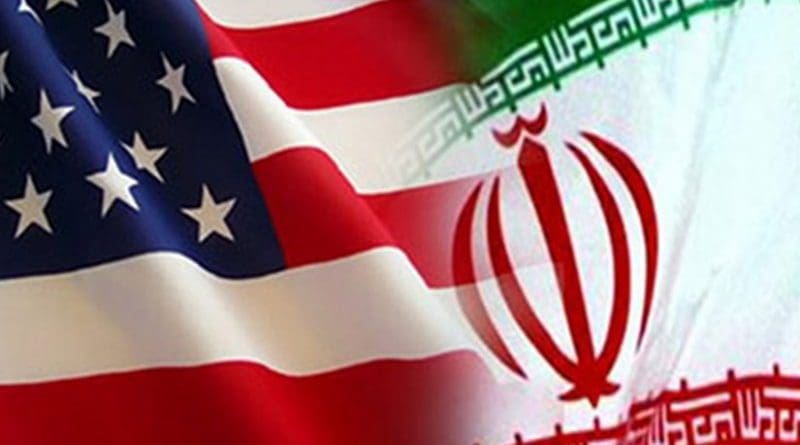Iran Nuclear Deal: What Is In Store For US And Iran? – Analysis
By IPCS
By Abhimanyu Singh*
Today, there is little doubt in the international fraternity that the foreign policy of the US in West Asia since 9/11 has caused only turmoil in the region. The nuclear deal sealed between the P5+1 global powers and Iran is a defining moment to reshape and rebalance West Asian politics. The region is in utter chaos and there was an urgent need for an overhaul of US foreign policy towards West Asia. The deal has been in the making for the last thirteen years and had become the focal attraction for many countries of the world that are going to have a direct impact on their security and economy after this deal is given final effect by the respective parliaments of both countries.
It will not be an exaggeration to say that once this deal comes into effect, West Asia will never be the same again. The thought of the potential comeback of Iran has already been cause for concern in the Sunni fiefdoms and the Zionist homeland, all of whom are making an unnecessary hue and cry over the issue to protect their interests.
Additionally, the western media has not shied away from portraying this deal as a saviour for Iran and the only way for its resurgence in West Asian politics, comfortably ignoring the fact that this deal is as much crucial for the US as it is for Iran. The deal is a shot in arm for President Obama who has been heavily criticised for his foreign policy and for non-fulfillment of his election promises. The outgoing President of the US yearns to be remembered as an idiosyncratic President, who ended US stalemates with long-time rivals like Cuba and Iran.
It would be safe to say, at this juncture, that this deal is a historic opportunity for the US to initiate a new approach towards West Asia by developing a new regional security framework in which both countries can work with each other to advance their interests instead of thwarting them. Additionally, the US has diversified its options in West Asia as it will then not have to wholly rely on long-term allies in the region. The deal will also help the US in finding a prospective long-term solution for Syria, as it would have been almost impossible for them or any foreign power to achieve this feat without involving Iran, which is a major stakeholder in Syria.
This deal also comes bundled with economic benefits for the US and other western powers. In the present dynamics of international trade, there is little the US has been able to do to check the ever increasing dominance of China in the existing international markets. Hence, the US has been actively scouting for new markets, especially for its companies in automobile, telecommunications, food & beverage and pharmaceutical sectors, whose bottom-lines have been severely affected because of the stagnancy in the markets of western countries, who offer little returns and virtually no scope for their expansion in the near future.
The deal also has its own share of pie for Iran, which is going to make a comeback on the global oil trading platforms and hurt the already active players banking on the absence of one major player in the market. The crude prices are speculated to be down by US$ 4-5 per barrel in the next one month, which will hurt the crippling profits of other major oil producers in the short-term. Moreover, the Indian companies that were charging a premium of 20-30 per cent over the base price for exporting basmati rice, sugar, corn and soybean to Iran will not be able to reap such dividend for a long time, as the country will be free to buy commodities at the best available price from the international market.
The biggest incentive for Iran will be the access to billions in frozen assets and oil revenue that will help build-up road and rail infrastructure in the country, which will be key to its future growth. If the country has to exploit its unique position in West Asia and portray itself as the gateway to the Central Asian Republics, then it will have to invest billions to modernise its aging infrastructure. Iran should also finalise some big ticket investments, like the Chabahar port project with India, where the Indian government intends to invest INR 1 lakh crore in developing a urea plant and railway line connecting Iran to Afghanistan and Central Asia, besides developing the port.
Several governments across the world have already started engaging with Iran on the economic front. A Polish delegation of 60 traders recently visited Iran, and a similar British trade delegation is scheduled to visit next week. Several other western countries, including Germany, have already begun talking with Iran on several long pending projects, which will give a sudden boost to Iran’s economy in the near future. It will be interesting to see how Iran’s leadership is able to successfully harness the new found western enthusiasm for its economy, and develop itself as an economic hotspot in West Asia, in sharp contrast to its conflict-torn neighbours in the region.
* Abhimanyu Singh
LLM Candidate, The Australian National University

